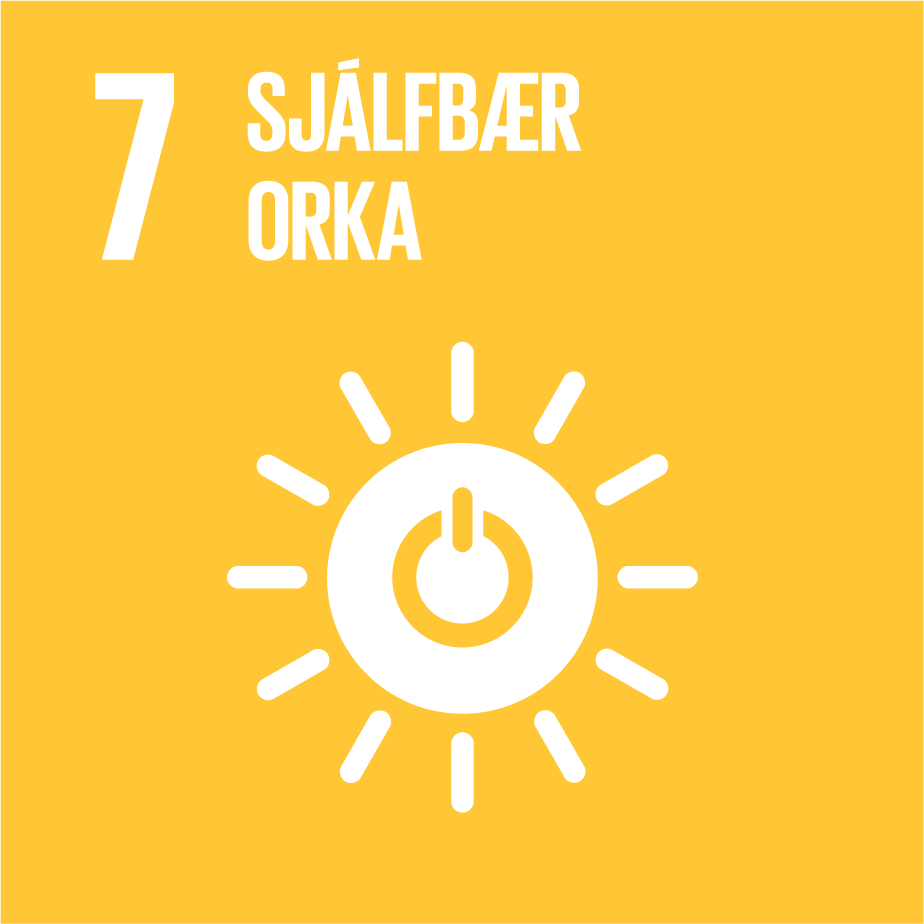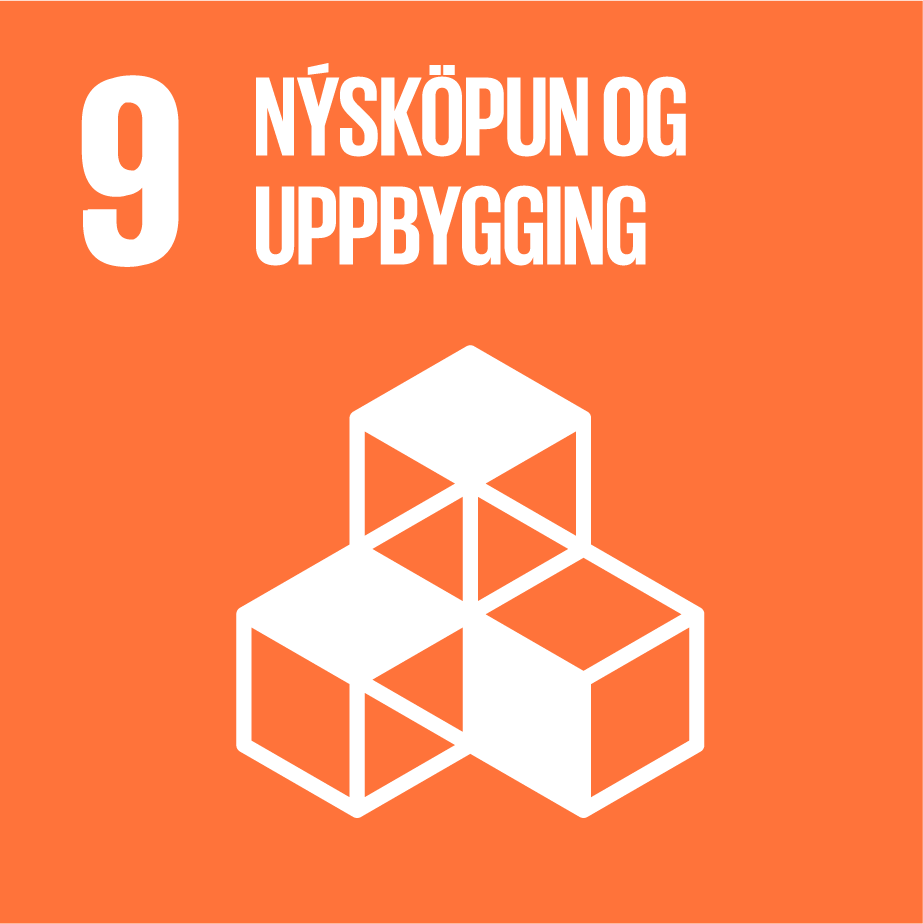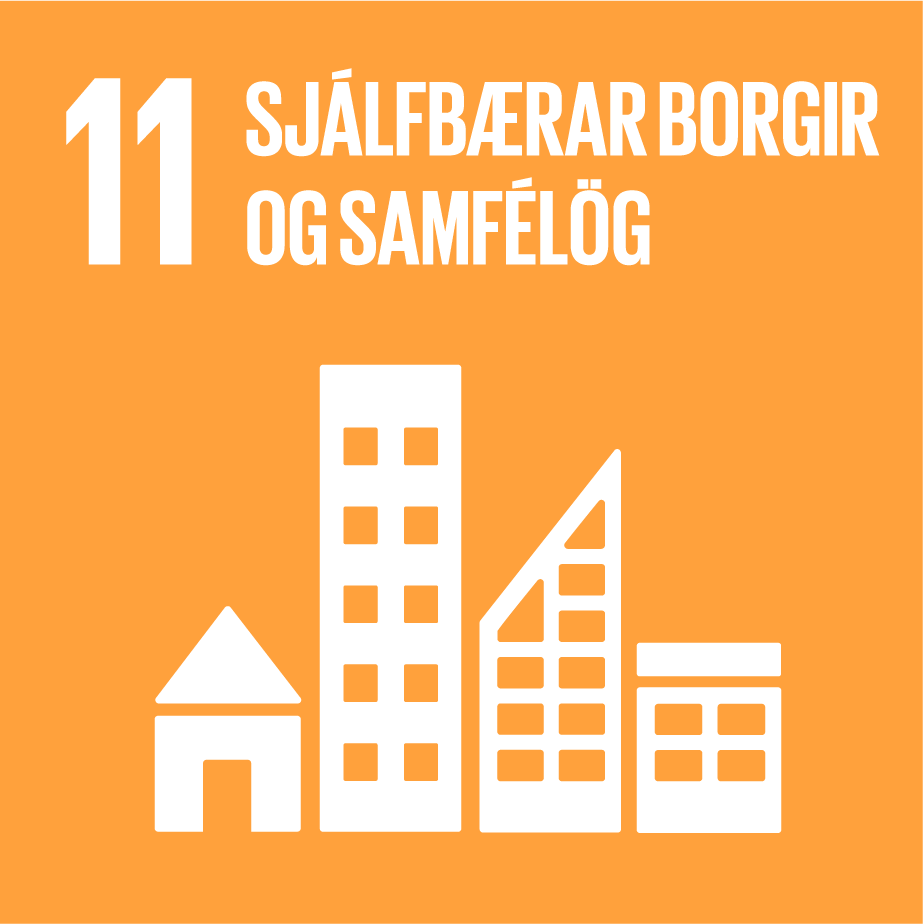Most of the oil wells were drilled during the years 1964-1974 and the oil was mostly depleted by 1988 when water injection into several wells was ceased. The Starogroznenskaya oil field upper cretaceous reservoir is a depleted oil reservoir just outside Grozny in the Chechen Republic in the Russian federation. The reservoir is about 300 m thick limestone stratum, about 30 km long and 3,2 km wide at ~4000 m depth. The average well flow temperature is expected to be 150°C. The plant will use 10 old oil wells, 5 for production of the geothermal brine and 5 for reinjection. There will still be some oil production in the field but that oil is produced from different strata.
Using old oil wells for geothermal power production is not a new idea but such power plant has never been built so far. Most of the wells need intensification to open up the fractures in the strata, increasing permeability, thus allowing water to move more freely in the well. Different options in power plant design were considered including Organic Rankine Cycle (ORC) and Kalina Cycle. The geothermal field is located only 1 km from urban areas in Grozny and 8 km from city center. The proximity to this large urban area makes the geothermal energy ideal for district heating since transport pipelines will be relatively short.
A closed loop system connected to an ORC plant was considered. It will use the geothermal fluid for district heating after being used for power generation. Geothermal district heating systems are typically designed for -10 to -15°C outdoor temperature. Since the temperatures in Grozny can become as low as -32°C it is therefore assumed that a gas boiler will be required for additional heating during extremely cold days.



